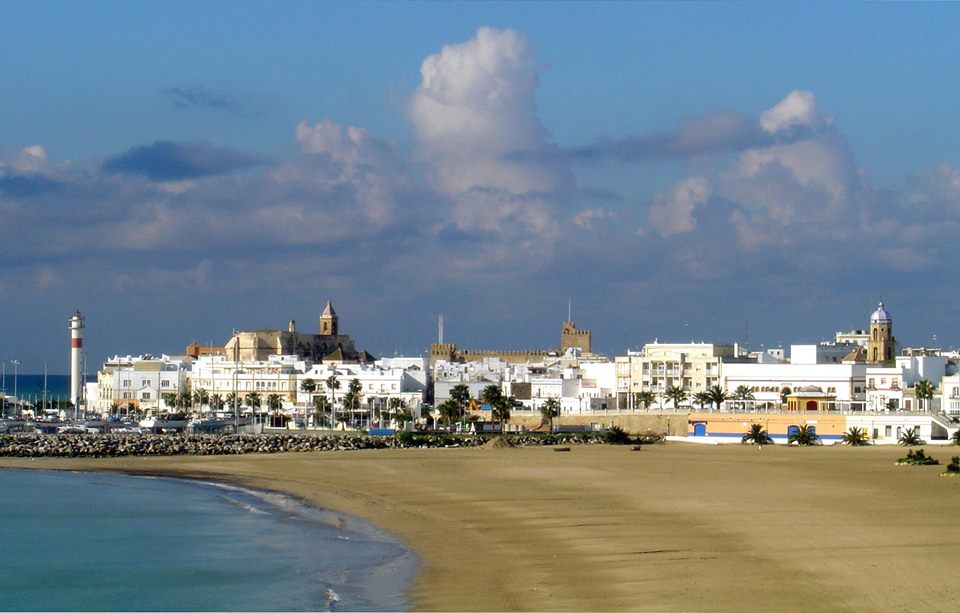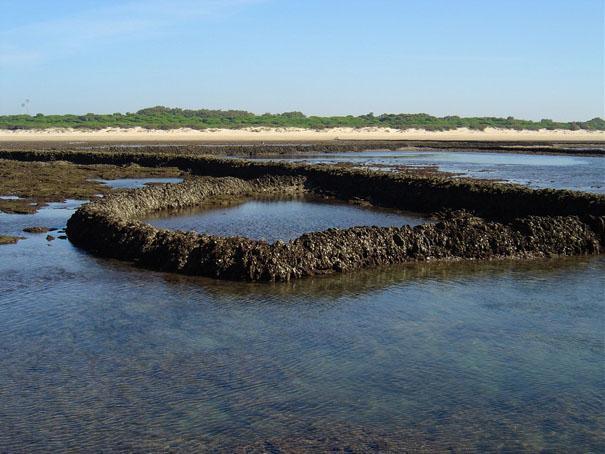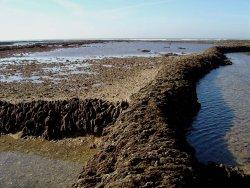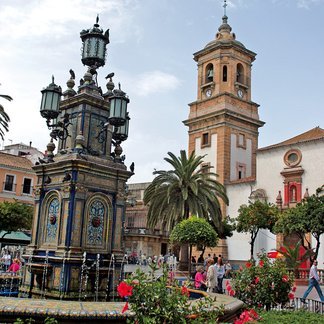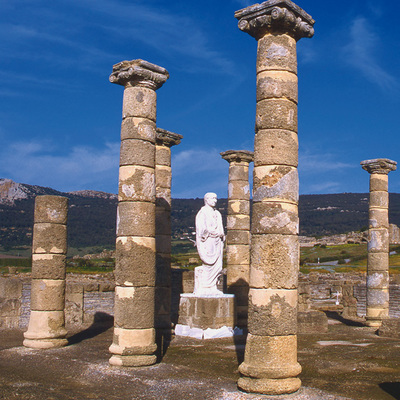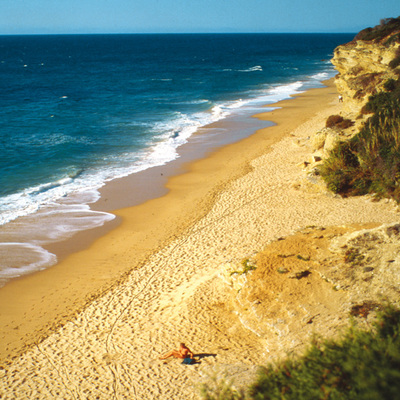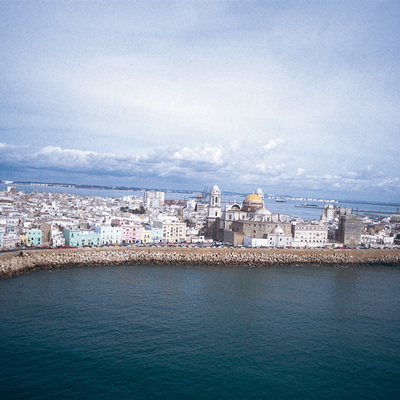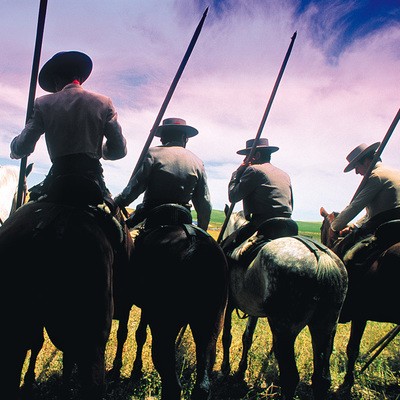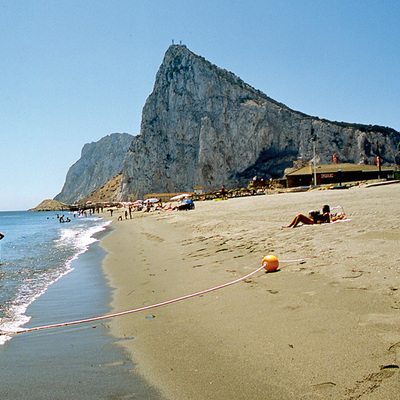Corrales de Rota
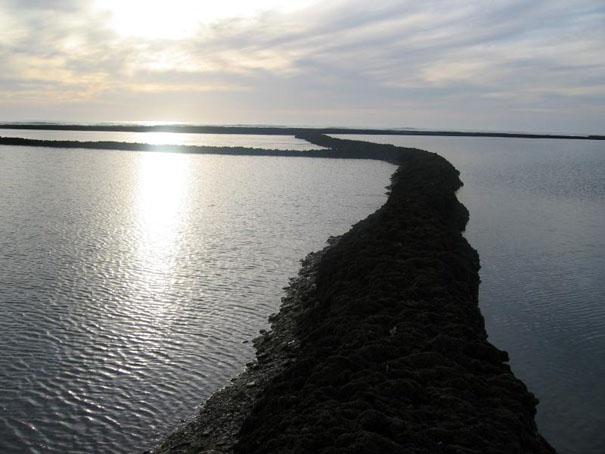
With a total of eight "corrales" (fish pens), Andalusia's first designated Natural Monument comprises a small strip of the Atlantic Ocean with its beach, facing the towns of Rota and Chipiona. These plots reclaimed from the sea represent traditional ways of fishing that go back to Roman times.
Rota, an ancestral fishing town, made use of this activity, building early fish farms. Here, fish, cuttlefish and octopi enter when the tide is high, and get trapped in the stone pens when it goes out. They were then captured using traditional tools such as the "francajo", "cuchillo de marea" and "tarraya".
The walls of these pens are built in sandstone and compacted shells from the ground, and here sea urchins, shrimps and crabs can be harvested; especially famous are its large oysters and barnacles. There are also species typically found in rock areas or in mud and sand, such as algae, marine phanerogams, fish, worms and molluscs. Occasionally, even white sea bream and conger eels, more common in deeper water, come to feed or spawn here. Behind the walls there is a coastal reef with a great variety of species that the colonise the pens.
All this wealth of fauna provides food for sea birds and waders from other areas of Cádiz province, that come to rest or feed here.
At the same time, Rota has natural attractions inland in the shape of its system of dunes with pine groves and parks, the botanical garden and Spain's largest population of chameleons, as well as traditional houses related with coastal agriculture, known as "mayeteria" because harvests are in May.

